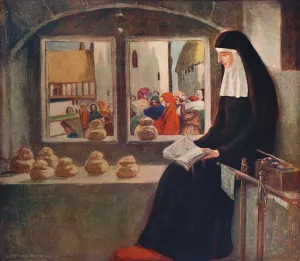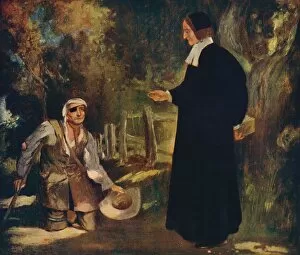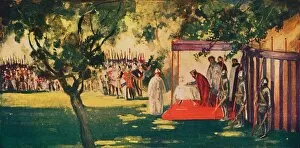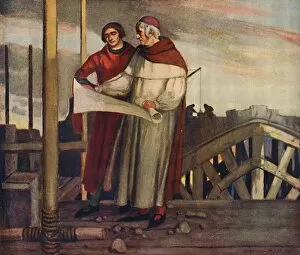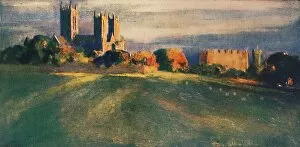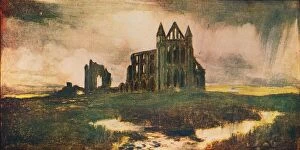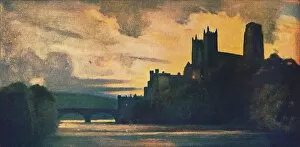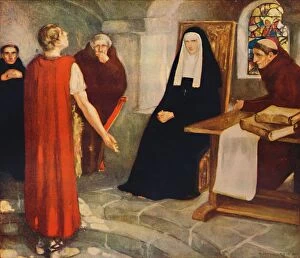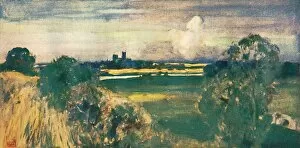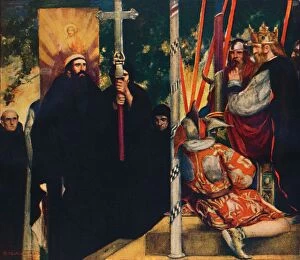Wm Letts Collection
Winifred Mary Letts, commonly known as W. M. Letts, was a talented artist who left an indelible mark on the art world with her exquisite paintings
All Professionally Made to Order for Quick Shipping
Winifred Mary Letts, commonly known as W. M. Letts, was a talented artist who left an indelible mark on the art world with her exquisite paintings. Born in 1882, she showcased her artistic prowess through various captivating works that have stood the test of time. One of Letts' notable pieces is "Saint Hugh of Lincoln and the Swan, " painted in 1912. This masterpiece depicts the legendary story of Saint Hugh and his miraculous encounter with a swan. Through her brushstrokes, Letts brings this tale to life, capturing the awe-inspiring moment when faith transcends boundaries. In another painting from that same year titled "Mother Julian, " Letts portrays a serene image of this revered medieval mystic and anchorite. The artwork exudes tranquility and spirituality, inviting viewers to delve into Mother Julian's profound wisdom and contemplative nature. Letts also turned her attention to architectural wonders such as Wells Cathedral and Norwich Cathedral in 1912. Her meticulous attention to detail shines through these paintings, showcasing her ability to capture not only their grandeur but also their spiritual significance. The historical aspect comes alive in Lett's work depicting significant events like King John signing Magna Carta at Runnymede or Laud entering the Barge at Lambeth Palace en route to the Tower. These artworks transport us back in time, allowing us glimpses into pivotal moments that shaped our history. Moreover, Lett's talent extended beyond capturing historical scenes; she had an eye for human emotions too. In "Bishop Ken and a Beggar, " she beautifully captures compassion between two individuals from different walks of life—showing how kindness can bridge divides. Throughout all these diverse subjects depicted by W. M. Letts during 1912 - including Langston's interview with King John or William of Wykeham Building Winchester - one thing remains constant: her ability to evoke emotion through art.

